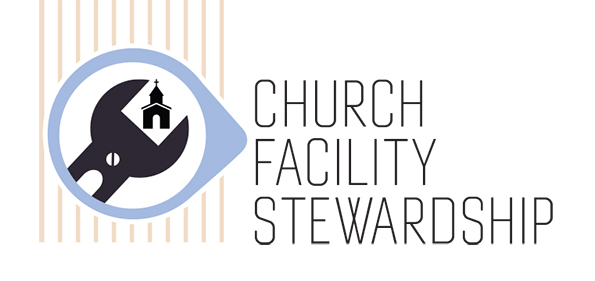
By Tim Cool
 I’m a firm believer that everything on earth belongs to God. Our money. Our houses. Our cars. The word of God. Our families. The people we encounter — and the facilities in which we worship. God has entrusted us with the stewarding of all these items.
I’m a firm believer that everything on earth belongs to God. Our money. Our houses. Our cars. The word of God. Our families. The people we encounter — and the facilities in which we worship. God has entrusted us with the stewarding of all these items.
For me, stewardship is less about what we give and more about taking care of what we have been given — of all that’s entrusted to us.
So, how do we define “entrusted”?
According to dictionary.com, it can be defined as follows:
ENTRUST: to charge or invest with a trust or responsibility; to commit (something) in trust to; confide, as for care, use, or performance
What does “entrusted” mean to you?
To me, it means that when something (or someone) is entrusted to me, I’m responsible for it. It’s my duty to watch over it, and to care for it. It sounds a lot like stewardship.
If you’ve grown up in the Church or been involved in it for any period of time, you’ve heard the term “stewardship.” In almost every case, it probably referenced finances or raising money. Indeed, financial stewardship is a critical element of our spiritual lives, as well as the lives of our ministries.
But let me introduce you to a term that might not be so familiar: facility stewardship.
To explain what I mean by this term, let’s break it down into its two root words:
FACILITY / FACILITIES — something designed, built or installed to serve a specific function affording a convenience or service.
STEWARDSHIP — the act of being a steward; a person who manages another’s property or financial affairs; one who administers anything as the agent of another or others.
Clearly, stewardship isn’t just about money and finances; it also refers to the care of and oversight for something belonging to someone else. It’s very similar to “entrusted.” Do you see the similarities?
Via the Environmental Protection Agency (EPA), even the government uses and embraces the word “stewardship.” A section on its website defines “environmental stewardship” as the responsibility for environmental quality shared by all those whose actions affect the environment.
How the term applies to our church facilities
Do we really believe that God has entrusted our facilities to us, thus making us the stewards of their care and oversight?
I’ve witnessed churches and ministries spending millions of dollars in the construction and renovation of their facilities — but then fail to maintain (i.e., steward) them. The churches waved the banner of stewardship when raising money to build the facilities, but then neglected their care, management and maintenance.
 To this end, another word that has become germane with this topic is life cycle. In general, a life cycle describes the various phases / stages in the life of a product, organization, software and any built environment, including our church facilities. One component of all life cycles is the “sustain” or “sustainability” element, which merely refers to the ability to last or continue for a long time.
To this end, another word that has become germane with this topic is life cycle. In general, a life cycle describes the various phases / stages in the life of a product, organization, software and any built environment, including our church facilities. One component of all life cycles is the “sustain” or “sustainability” element, which merely refers to the ability to last or continue for a long time.
A look at the real cost of ownership
In the case of facilities, when a regression analysis of a typical facility is conducted — factoring in the original cost of construction / development, financing costs (cost of money), and the ongoing operational costs over a 40-year period — the sustaining costs will consume between 70 percent and 85 percent of the total cost of ownership.
Even so, facility stewardship isn’t just for existing facilities; it actually has its origin at the planning and building facets of a facility initiative. Intentional facility stewardship starts at the point of dreaming a facility, then planning it and building it. In many instances, the time, energy and intentionality invested in these “precursor” activities will set the tone — if not the costs — of the long-term life cycle stewardship initiatives. Poorly designed and poorly built facilities generally cost more to operate, thus increasing the life cycle cost.
As you consider your facilities, are you being the best steward of these assets?
In the months to come, we’ll explore several aspects of facility stewardship in this “Church Facility Stewardship” Series and eBook. It’s our goal to help you church be intentional (read: efficient, effective) stewards of what God has entrusted to you.
Tim Cool is founder of Cool solutions Group, and has assisted nearly 400 U.S. churches (equating to more than 4 million square feet) with their facility needs. He has collaborated with churches in the areas of facility needs analysis, design coordination, pre-construction and construction management, as well as life cycle planning / facility management. Cool solutions Group is also the developer of eSPACE software products, including Event Scheduler, Work Order Management and HVAC integration.
Cool has written three books: Successful Master Planning: More Than Pretty Pictures; Why Church Buildings Matter: The Story of Your Space; and Church Locality, which is co-written by Jim Tomberlin, as well as a manual series entitled “Intentional Church.”



Could you provide some scripture references that go along with your article? Your assistance would be greatly appreciated.